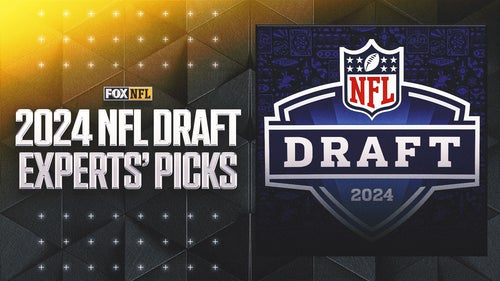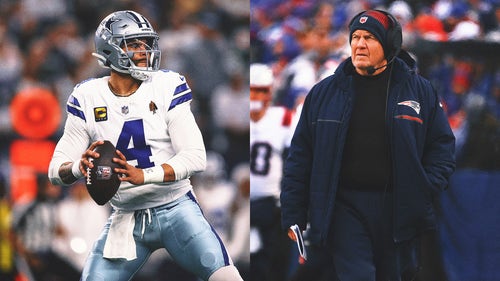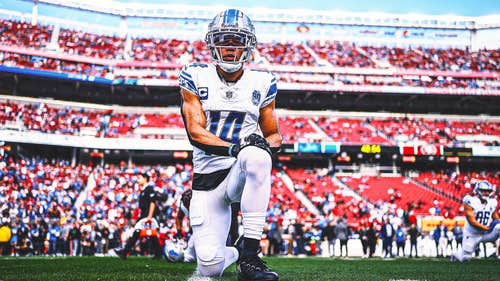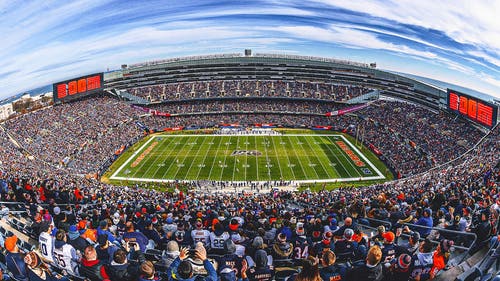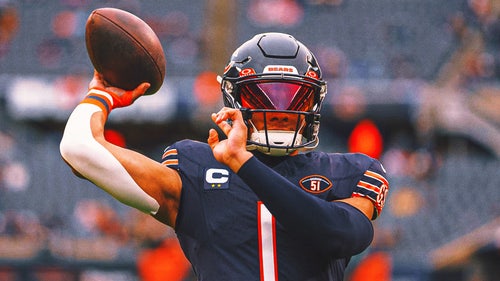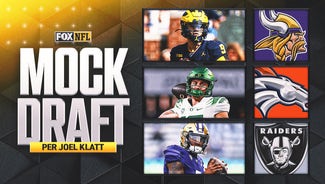
NFL coaches not enjoying this vacation
As the judicial system grinds at a snail’s pace in the high stakes poker game of “who gets the upper hand next” NFL method of negotiating, coaches sit anxiously.
They’re awaiting word about how to proceed. They’re trying to anticipate how they are going to build a team when this labor impasse is finally resolved.
Many staffs have actually given coaches extra time off in anticipation of the moment if and when a deal with the players is finally reached because it will likely cut into what is normally vacation time for coaches.
In a typical offseason, most teams will give their staffs time off from late June to mid-July off knowing that once they are back to work and begin training, the coaches will not see a day off until next year, literally.
The problem is that if a labor agreement is reached by, say June 1, then everyone will be on a crash course to quickly begin whatever form of free agency will be instituted and rush through whatever form of organized team activities (OTA’s) are permitted.
If an agreement is not reached until July 1, that same process will be reduced to a drastically shortened period of time, and coaches’ preparation will butt directly against the beginning of training camp.
Organizations will not be comfortable in letting staffs get time away at that point because of what is likely to be the tenuous nature of "a deal that could be done at any time."
Players, too, will find an emotionally draining on-again, off-again mentality creeping into their preparations. The current trend of players getting together on their own will inevitably wear out due to both a lack of funds and organization.
It is all well and good to show the pro-active “we are getting ready” face to the world, but there is no way players will put themselves through the exhaustive process needed to sufficiently prepare themselves, either mentally and physically, to optimize their time in training camp.
The old school thinking of “I will use training camp to get into football shape” has been long gone.
Every team in the NFL views the beginning of training camp as an extension of the offseason methodology that has you hitting the field on the first day of training camp at a dead sprint toward the opening of the season. Most teams will get roughly 20 practice opportunities prior to their first preseason game, and they view that as an extension of the 20 or so workout opportunities they got during OTAs.
Regardless of how active the players may have been individually or collectively, the coaches will be forced to start at square one should a labor agreement be reached in time to have a full training camp. You cannot rush the process.
I recently was privileged to visit the troops at Fort Benning in Georgia at the invitation of Gen. Bob Brown. It was an honor to watch these young men and women go through the demands of basic training as they prepare for the rigors of war.
The routine was very familiar. Skills are developed first individually, then in small groups and ultimately combined as an entire unit. As I visited with one sergeant major and discussed the endless routine, his words were very prophetic.
"You can’t rush the process. They are going to need these skills to be a natural part of their being," he told me. “If they don’t take the time to hone these skills now, somebody is going to get killed.”
Although the stakes are nowhere near as life-or-death, the sequence is the same for professional football. If the skills are not honed in the right order someone is going to get hurt — or worse, get someone else hurt.
In addition, I am not sure the veteran players fully understand their vulnerability should an agreement be reached too late in the process.
With a reduced window to look at draft choices and free agents, NFL coaches may opt to give a first or second-year player the benefit of the doubt in hopes of getting a younger, and likely cheaper, player to fill out their team.
Take the Washington Redskins as an example. They maneuvered themselves over the three days of the recent NFL draft to come up with 12 player selections. Their first three draft picks (Ryan Kerrigan, Jarvis Jenkins and Leonard Hankerson) will all naturally make the team.
But the Redskins made nine picks from the fourth round down, and then made four selections in the seventh round alone. You think they are going to spend the money to sign all these guys in a shorted training camp, just to let them go after 20 practices and a couple of preseason looks?
The four teams that took a quarterback in the first round will have their chances of seeing this high priced pick develop into an immediate starter cut to 50 percent if we have no contact prior to training camp, and you can add 20 percent per week to that equation if the deal is not done in time to have a full training camp.
This actually might work in these quarterbacks’ favor, because I don’t think starting any of these players in Week 1 is in their best interest, and I am a coach who believes the only way you really learn is to play games.
So enjoy your time off now, coaches, because this is shaping up to be the longest season you have every endured.






































































































































